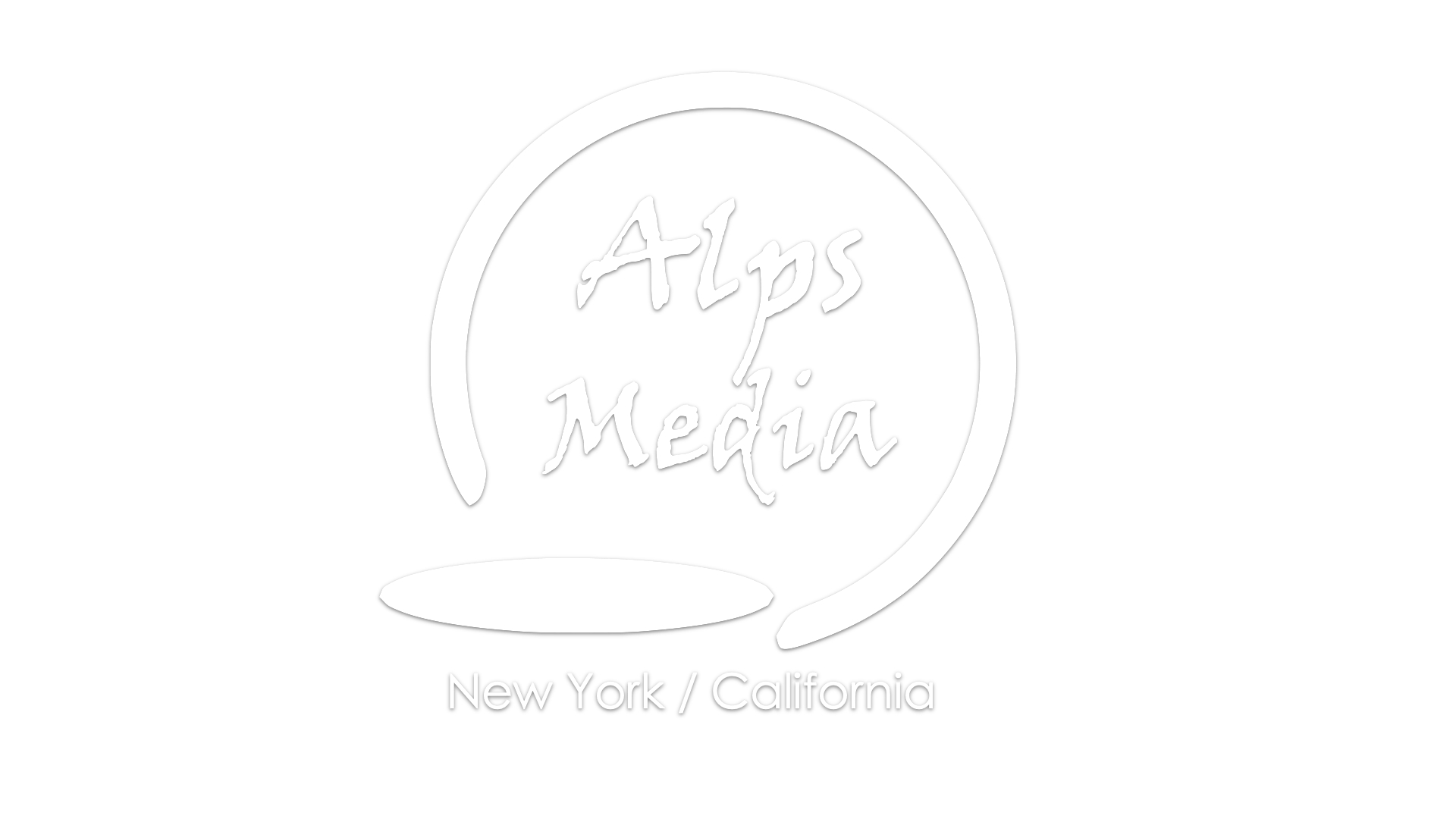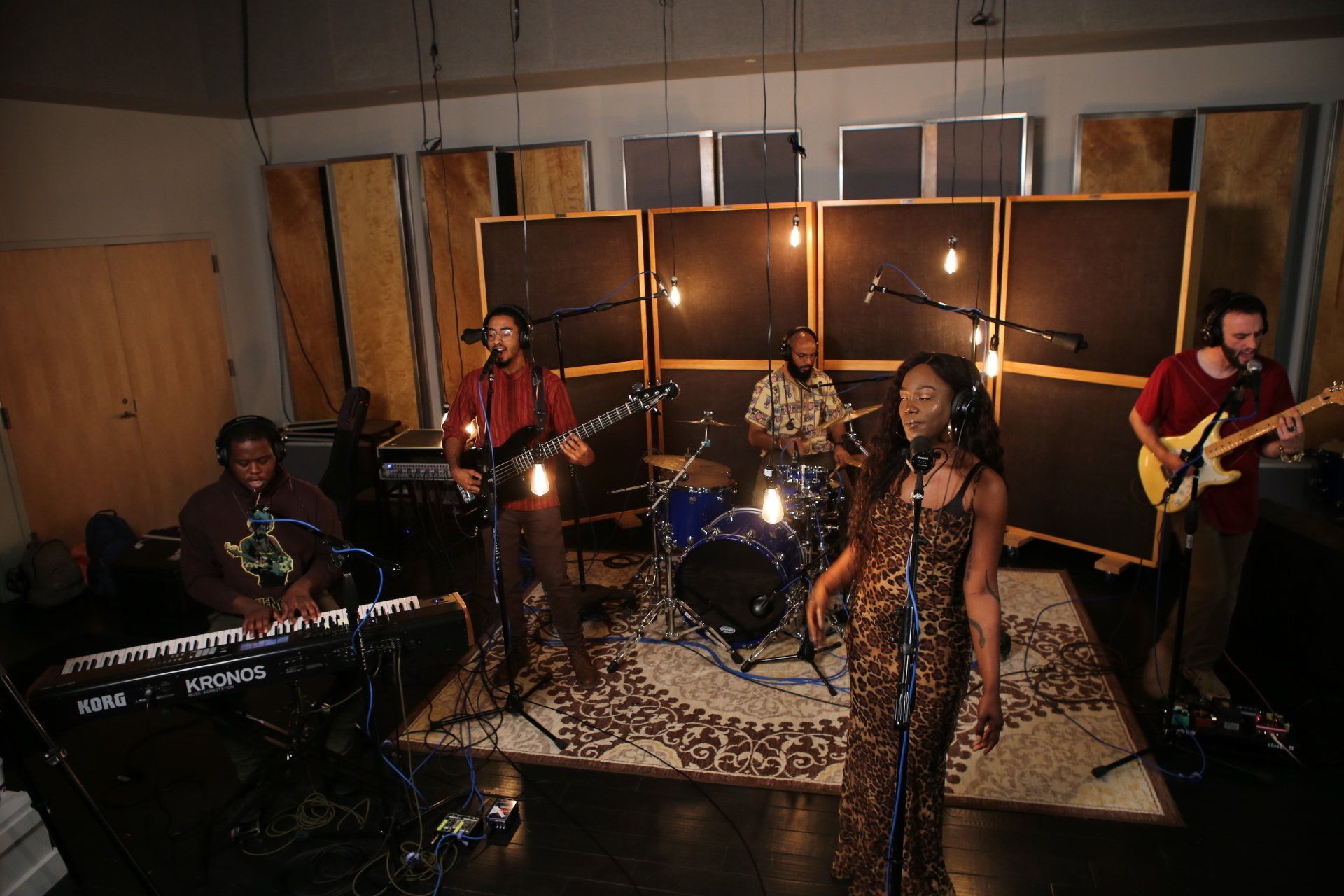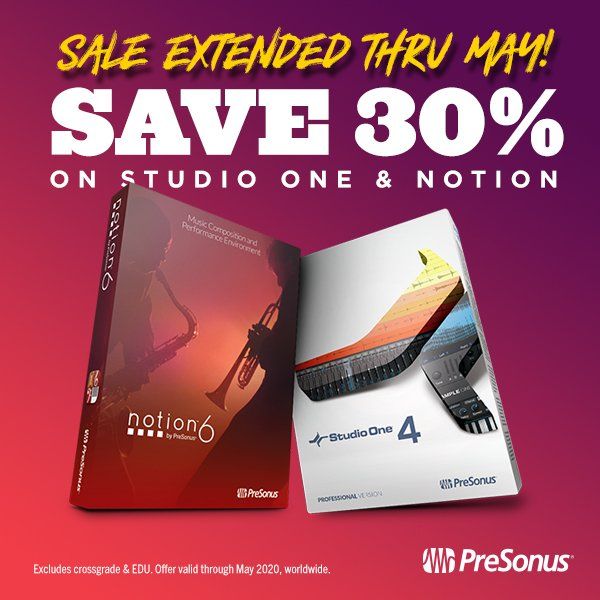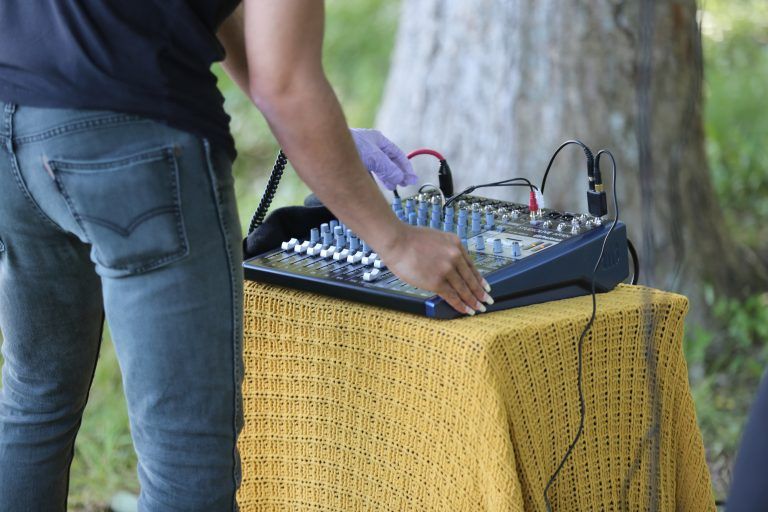Punch Up Analog Drums with CTC-1
June 18, 2020 by Craig Anderton
Remember those old drum machines, like E-Mu’s Drumulator and Roland’s TR-808? In an amazing twist of fate, those relics from the 80s are back in fashion—but I find it difficult to wrest a lively, modern sound out of them. Usually, the solution involves choosing separate outputs from Impact XT, EQ, a careful choice of room ambiance, short delays, limiting, and maybe some saturation.
However, the CTC-1 can get you most of the way there with a single effect, which has helped my workflow when it’s time to have vintage drum sounds fit in a modern context. (Note that you need the CTC-1 for this; the bundled, free Console Emulator doesn’t have the console emulation or controls that seem to work best with dinosaur drums.)
Mono Tracks with a Stereo Mix
We need a more sophisticated mix setup than just sending the drums to Impact’s mixed stereo output. After all, a Console Emulator doesn’t do much good if you’re not mixing the drum sounds the way you would in a console. So, each drum goes to its own mono mixer channel, like the way drums were mixed in the days of Tapeosaurus Rex. You then add effects to individual drums and pan them as appropriate. This mixing paradigm is also what allows the CTC-1 to apply its crosstalk mojo.
Fig. 1 shows the setup used for the audio example. It’s basically just drums and the CTC-1, aside from a little Open Air reverb and a touch of EQ on the snare.










